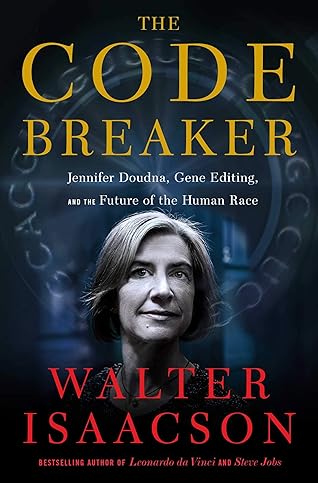“The sense at the meeting was that the technology had advanced to the stage where we need to have a clear pathway to clinical use of gene editing in embryos,” Doudna says. In other words, instead of trying to stop any further uses of CRISPR to make gene-edited babies, she wanted to pave the way to making it safer to do so. “To put your head in the sand or say we need a moratorium is just not realistic,” she argues. “Instead we should say, ‘If you want to move into the clinic with gene editing, these are the specific steps that need to be taken.’ ”
Welcome back. Just a moment while we sign you in to your Goodreads account.


